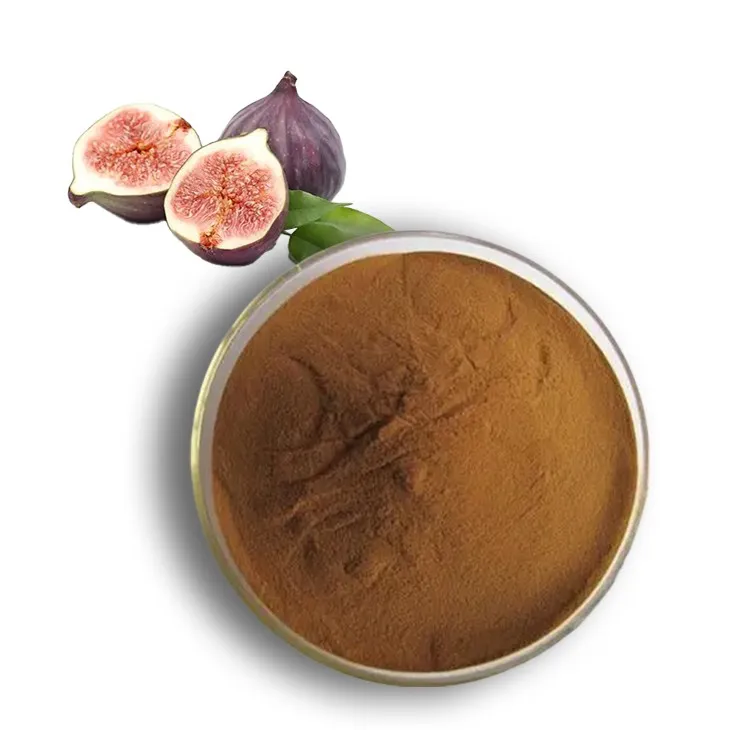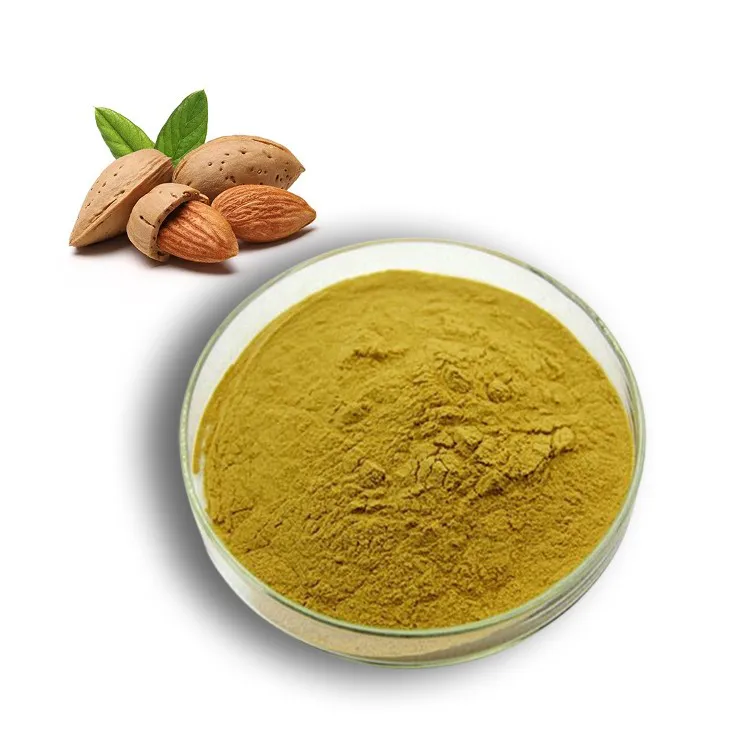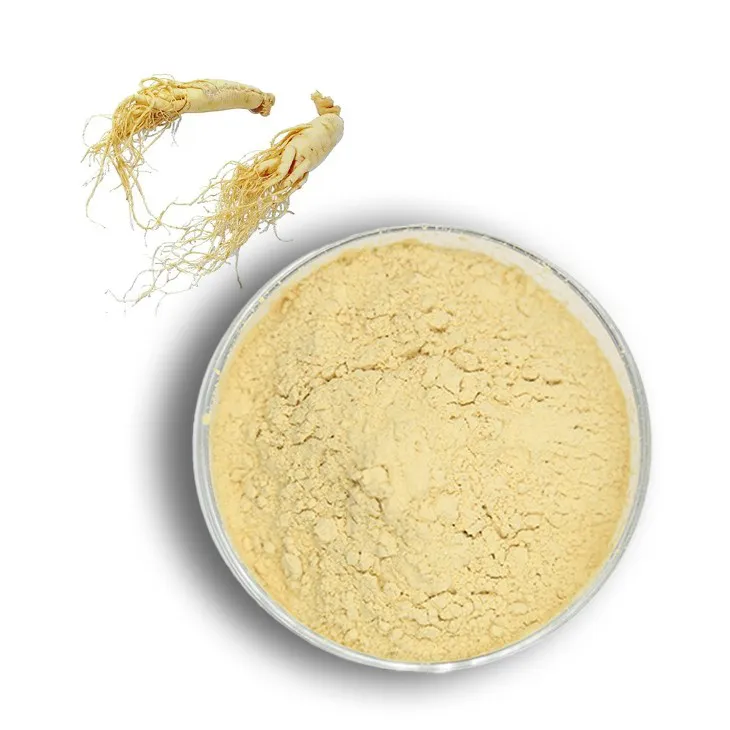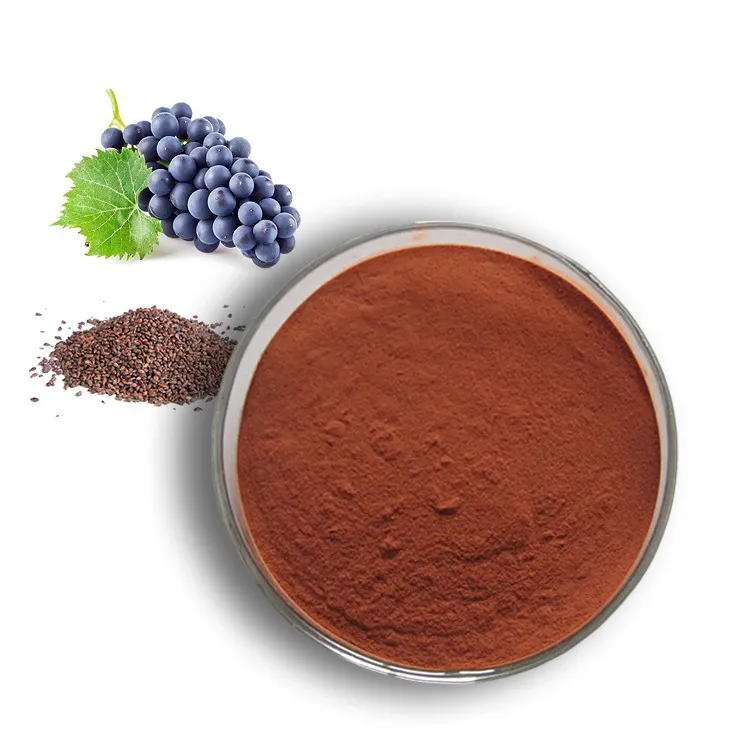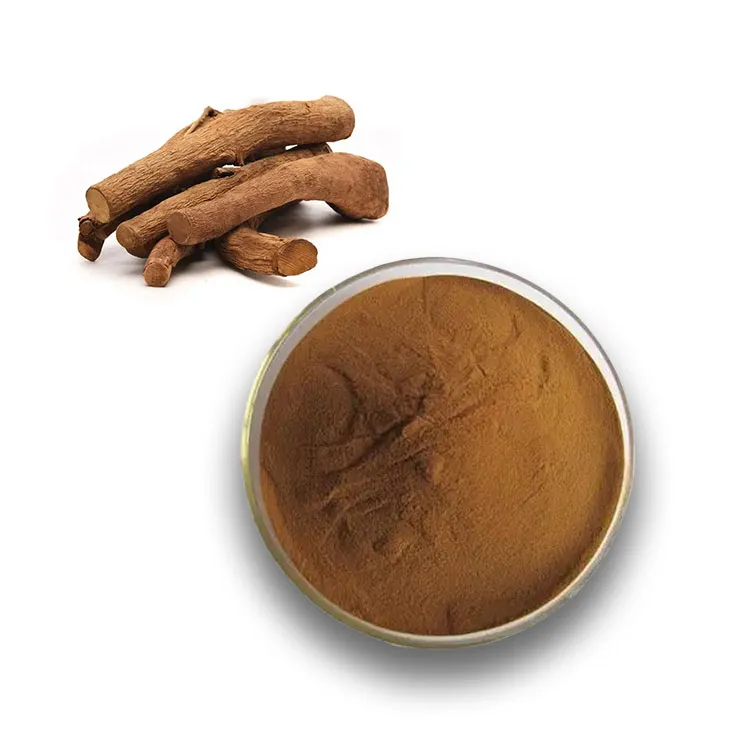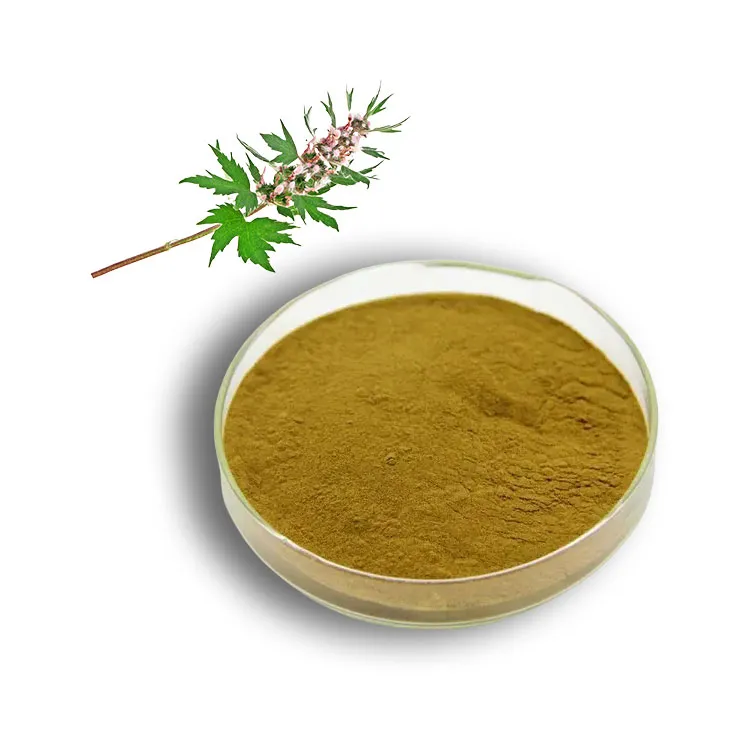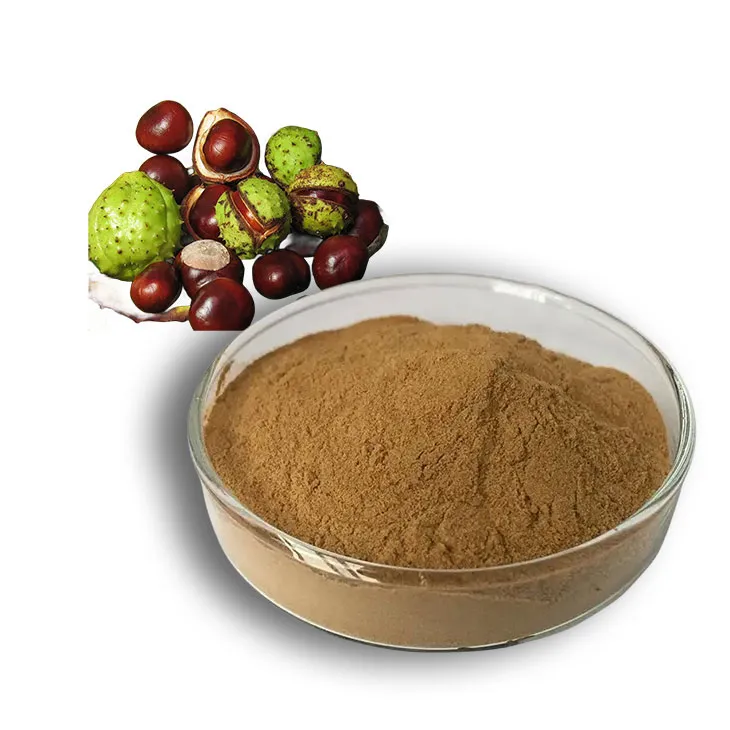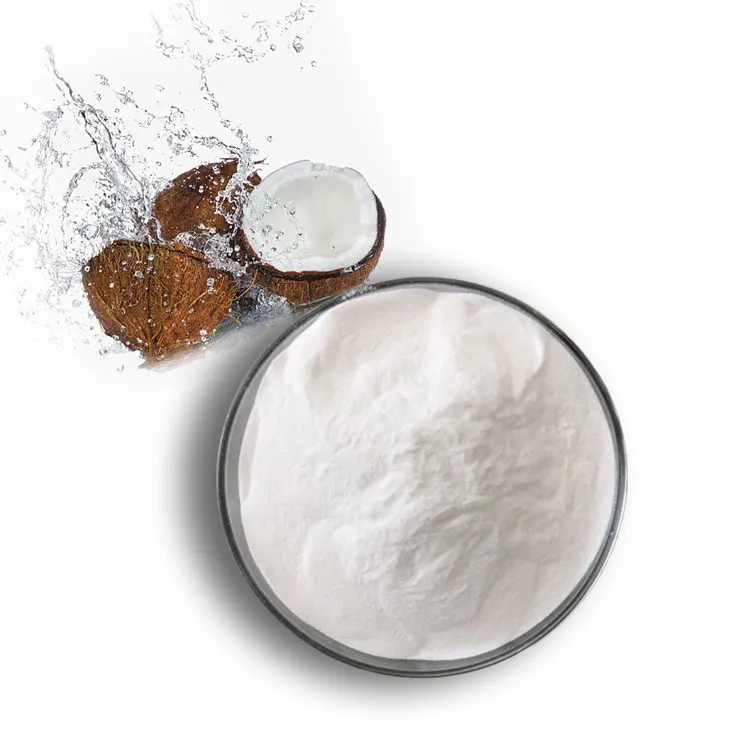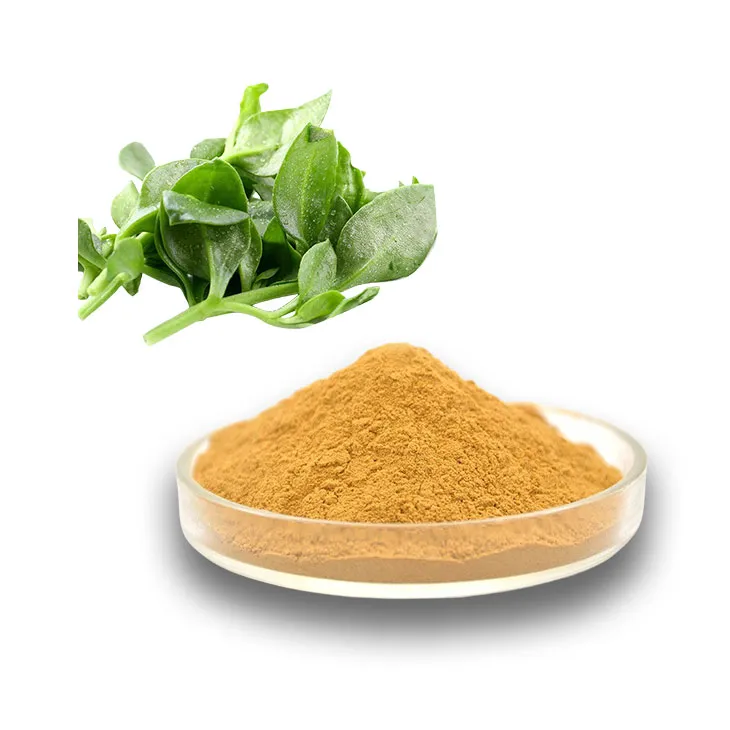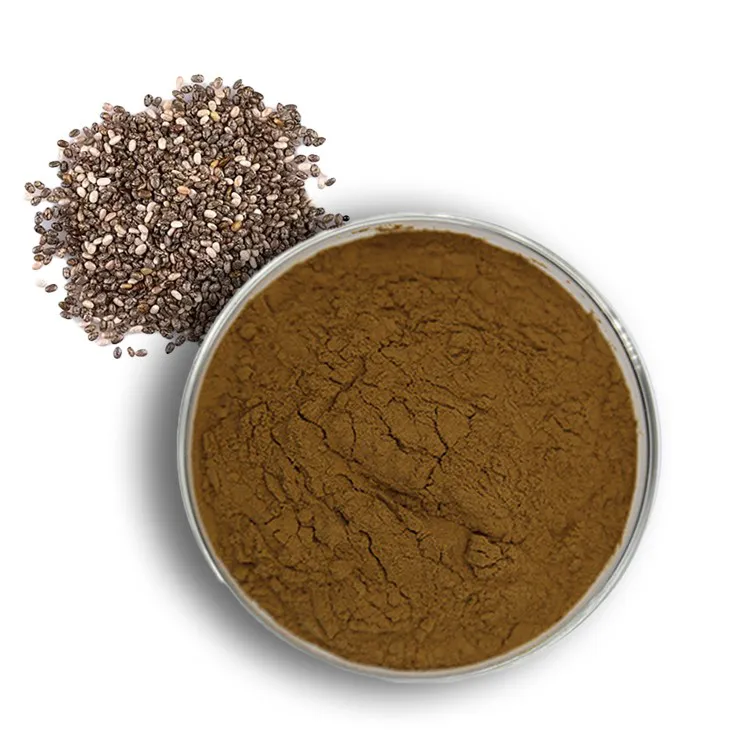- 0086-571-85302990
- sales@greenskybio.com
Saw Palmetto: available in supplements and healthy Benfits
2025-06-06
Saw palmetto (Serenoa repens), a resilient shrub native to the southeastern United States, has played an essential role in traditional medicine for centuries—particularly among Indigenous peoples who relied on its berries for both nutrition and healing. Today, saw palmetto is gaining renewed interest for its proven and potential health benefits, especially in the area of urinary and reproductive wellness.
Widely renowned for its ability to ease symptoms of benign prostatic hyperplasia (BPH)—such as frequent urination and weak urine flow—saw palmetto works by blocking the conversion of testosterone into dihydrotestosterone (DHT), a hormone closely linked to prostate enlargement. This natural intervention has made saw palmetto a popular alternative for men seeking relief from BPH without pharmaceuticals. Research has even suggested that, in some cases, saw palmetto may be more effective than conventional drugs for improving prostate health.
The benefits extend beyond men’s health. Saw palmetto’s anti-androgenic activity makes it useful in supporting hair health—particularly in cases of male-pattern baldness—by protecting hair follicles from the effects of excess DHT. There's also growing interest in its potential to help hormonal balance in women, such as those diagnosed with polycystic ovary syndrome (PCOS), and to support urinary tract health for both men and women.
Historically, several Indigenous tribes—including the Seminole and Miccosukee—consumed the bitter, slightly sweet berries fresh, dried, or steeped as herbal tea. They also utilized the plant’s leaves for weaving baskets and roofing, highlighting its versatility. The plant is also known by names such as sabal, cabbage palm, and "tala," reflecting its deep roots in regional culture.
In appearance, saw palmetto berries resemble large, dark purple-black olives or blueberries, with a pungent, oily, and unique flavor profile. While the taste is not widely favored for snacking, the berries are easily incorporated into herbal preparations and modern recipes.
Today, saw palmetto is most often available in supplements: capsules, extracts, powders, oils, and tinctures, often standardized for potency. For those who prefer to use whole ingredients, saw palmetto can be included in teas, infusions, or even food. Some creative options include:
- Smoothie bowls blended with fresh berries, bananas, almond milk, and a touch of saw palmetto powder.
- Herbal teas steeped with dried saw palmetto berries alongside ginger, cinnamon, and honey.
- Energy bites made with oats, almond butter, dates, dark chocolate, and saw palmetto powder.
- Unique dressings combining saw palmetto oil with olive oil, lemon juice, and herbs.
- Infused honey made by steeping berries in raw honey for a naturally sweet boost.
Saw palmetto’s reputation isn’t just a historical curiosity. In the early 20th century, it was dubbed the “plant catheter” among American herbalists for its notorious effectiveness in improving urinary flow. It quickly became a cornerstone of the Eclectic medicine movement, which favored native U.S. plants for medical care.
Modern research continues to uncover new aspects of saw palmetto’s properties, including its anti-inflammatory, antioxidant, and even potential anticancer effects. While further studies are warranted, current findings are promising and solidify saw palmetto’s reputation as a multifaceted herbal remedy.
Incorporating saw palmetto—whether through supplements, teas, or creative recipes—embodies a return to nature’s pharmacy. With a legacy of use, a diverse range of applications, and increasing scientific support, saw palmetto remains a gentle yet powerful option for enhancing health and wellness in today’s world.
- ▶ Hesperidin
- ▶ citrus bioflavonoids
- ▶ plant extract
- ▶ lycopene
- ▶ Diosmin
- ▶ Grape seed extract
- ▶ Sea buckthorn Juice Powder
- ▶ Beetroot powder
- ▶ Hops Extract
- ▶ Artichoke Extract
- ▶ Reishi mushroom extract
- ▶ Astaxanthin
- ▶ Green Tea Extract
- ▶ Curcumin Extract
- ▶ Horse Chestnut Extract
- ▶ Other Problems
- ▶ Boswellia Serrata Extract
- ▶ Resveratrol Extract
- ▶ Marigold Extract
- ▶ Grape Leaf Extract
- ▶ blog3
- ▶ Aminolevulinic acid
- ▶ Cranberry Extract
- ▶ Red Yeast Rice
- ▶ Red Wine Extract
-
Fig Extract
2025-06-06
-
Almond Extract Powder
2025-06-06
-
Ginseng Root Extract
2025-06-06
-
Natural grape seed extract
2025-06-06
-
Tongkat Ali Extract
2025-06-06
-
Motherwort Extract
2025-06-06
-
Horse Chestnut Extract
2025-06-06
-
Coconut Water Powder
2025-06-06
-
Andrographis Paniculata Extract Powder
2025-06-06
-
Chia Seed Powder
2025-06-06











